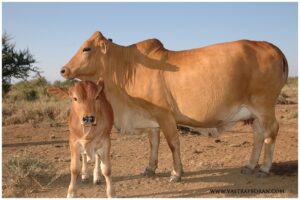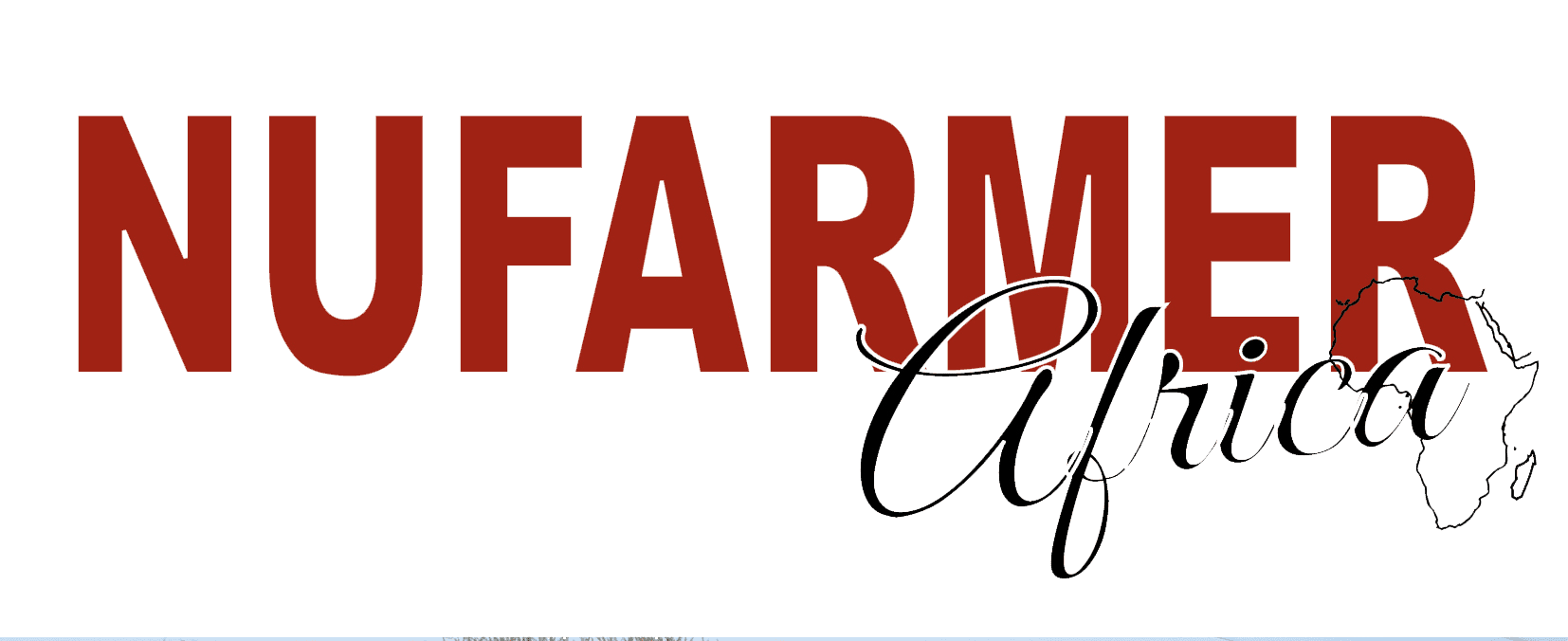The Remarkable Boran Cattle: A Hardy Breed for Sustainable Agriculture

In the realm of cattle breeds, few stand as prominently as the Boran cattle. Originating from the arid landscapes of Africa, the Boran breed has not only adapted to the challenges of its environment but has thrived, earning its place as a highly sought-after choice for sustainable agricultural practices. In this article, we delve into the distinctive characteristics, versatility, and advantages that make Boran cattle a prized asset in modern farming.
Boran Cattle Resilient Heritage:
Hailing from the Borana Plateau in Kenya, the Boran cattle have developed remarkable adaptability to their surroundings over centuries. Their natural resistance to common livestock diseases, parasitic infestations, and challenging climates has made them a prized breed for farmers seeking hardy and low-maintenance animals.
Adaptation and Versatility:
Boran cattle showcase exceptional versatility. They thrive in various environments, from the rugged landscapes of their African origins to more temperate regions around the world. Their adaptable nature enables them to graze on diverse forage, making them suitable for a range of feeding systems, whether extensive or intensive.

Robust Health and Disease Resistance:
One of the Boran breed’s most notable attributes is its robust health. Their loose hides, short coats, and distinct hair patterns make it difficult for parasites, particularly ticks, to establish a stronghold. This natural resistance significantly reduces the need for chemical interventions, aligning well with sustainable and eco-friendly farming practices.
Fertility and Calving Ease:
Boran cows are renowned for their high fertility rates and ease of calving. Their ability to calve annually while producing calves with impressive birth weights, up to 50% of their mother’s weight, ensures a consistent and productive breeding cycle. This ease of calving minimizes stress on both the animals and the farmers, contributing to a smoother overall management process.
Weight and Feeding Habits:
Boran cattle exhibit a broad weight range that aligns with their adaptability. Bulls can weigh between 700 to 1,000 kilograms (1,500 to 2,200 pounds), while cows typically range from 400 to 550 kilograms (880 to 1,210 pounds). Their selective grazing habits allow them to consume diverse vegetation, making them valuable participants in rotational grazing systems.
Boran Crossbreeding Potential:
Due to their strong genetics, Boran cattle have become a favored choice for crossbreeding programs. When bred with other cattle breeds, Boran contributes valuable traits such as disease resistance, heat tolerance, and adaptability. This versatility allows farmers to create customized herds that suit specific environmental and market demands.
Carcass Quality and Commercial Viability:
Beyond their adaptability and disease resistance, Boran cattle offer excellent carcass quality. Their meat is tender, flavorful, and features a high percentage of lean muscle. This combination of traits not only satisfies consumer preferences but also enhances the commercial viability of Boran-based farming enterprises.
Sustainable Grazing Practices:
Boran cattle’s selective grazing habits contribute to sustainable land management. They target a wide variety of forage and possess a metabolism capable of digesting coarse vegetation. This makes them valuable for rotational grazing systems, promoting soil health and preventing overgrazing.
Human-Friendly Temperament:
Another advantage of the Boran breed is its docile temperament. Their ease of handling and cooperative behavior facilitate farm management tasks, making them an excellent choice for farmers seeking manageable livestock that require minimal stress during handling procedures.
Benefits:
- Disease Resistance: Boran cattle exhibit natural resistance to common livestock diseases, reducing the need for chemical interventions and promoting sustainable farming practices.
- Carcass Quality: The meat of Boran cattle is known for its tenderness, flavor, and lean muscle content, making it appealing to consumers and enhancing commercial viability.
- Sustainable Grazing: Boran’s selective grazing habits contribute to responsible land management by preventing overgrazing and promoting soil health.
- Docile Temperament: The docile nature of Boran cattle makes them easy to handle, reducing stress during management tasks.
Disadvantages:
- Growth Rate: Compared to some specialized beef breeds, Boran cattle might have a slightly slower growth rate, which could impact time-to-market for meat production.
- Size Variation: The wide weight range of Boran cattle can pose challenges in maintaining uniformity within a breeding program.
Conclusion:
The Boran cattle breed stands as a testament to the power of adaptation, resilience, and versatility in agriculture. With their remarkable genetic attributes, disease resistance, and suitability for various environments, these cattle offer a promising solution for sustainable farming practices. As the agricultural landscape evolves, the Boran breed continues to hold its place as a cherished asset, contributing to both food security and responsible land management practices. Whether on the open savannas of Africa or pastures around the world, the Boran cattle breed remains a steadfast companion for farmers committed to a prosperous and sustainable future.
Written by: Nicolene Oosthuizen
